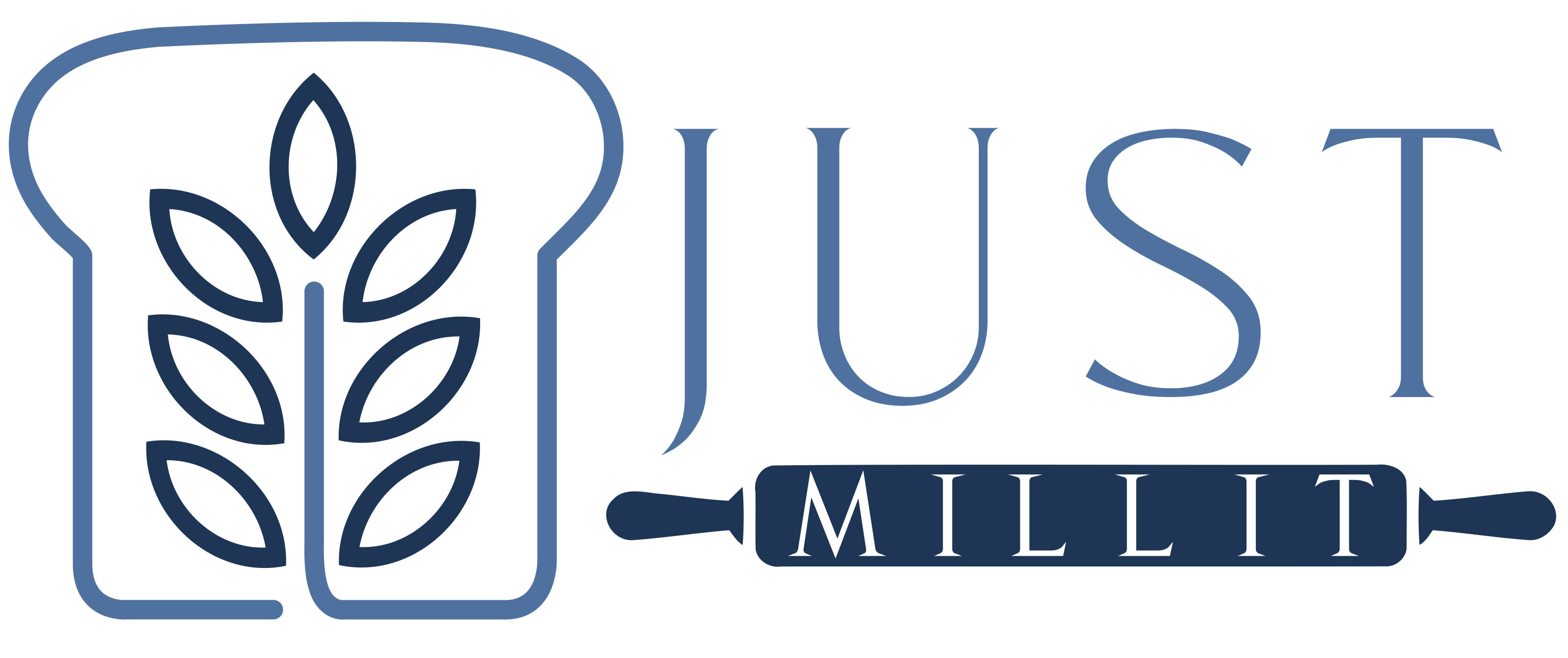Introduction: A Journey Back in Time
Imagine a time when the aroma of freshly baked bread filled every home, a staple in every kitchen. Let’s travel back to the 1800s in the United States, where barley malt powder was a key ingredient in the beloved stock yeast recipes. This blog post will explore what barley malt powder is, its historical significance, and its modern-day applications. We’ll also discuss when it might not be the best choice and how you can make your own at home. If not, and you prefer to buy, I’ll also share where I got mine.
What is Barley Malt Powder?
Barley malt powder is a sweet, flavorful powder made from sprouted barley grains. The process involves soaking the barley grains, allowing them to sprout, drying them, and then grinding them into a fine powder. This powder is rich in enzymes that break down starches into sugars, which can enhance the flavor, texture, and browning of baked goods.
Learn more about how to sprout your own grains, such as barley, for bread.
A Glimpse into History: The 1800s and Stock Yeast Recipes
In the 1800s, before the advent of commercial yeast, bakers relied on natural fermentation methods. One popular method was the stock yeast recipe, which often included barley malt powder. This powder served as a natural source of sugar to feed the yeast, promoting fermentation and resulting in light, airy bread with a slightly sweet flavor. It was a game changer in home baking, making the process more reliable and the results more delicious.
Why Use Barley Malt Powder in Bread?
- Enhanced Flavor: Barley malt powder adds a subtle sweetness and rich, malty flavor to bread.
- Improved Texture: The enzymes in barley malt powder help break down starches, resulting in a softer, more tender crumb and a higher rise.
- Better Browning: It promotes caramelization during baking, giving your bread a beautiful golden-brown crust.
- Boosted Fermentation: The natural sugars feed the yeast, leading to a better rise and improved texture.
When Not to Use Barley Malt Powder
While barley malt powder is a wonderful addition to many bread recipes, there are times when it might not be the best choice:
- Gluten-Free Baking: Since it’s made from barley, it’s not suitable for gluten-free diets.
- Overly Sweet Breads: In recipes that already contain a lot of sugar or sweeteners, adding barley malt powder might make the bread too sweet.
- Certain Dietary Restrictions: Those with specific dietary restrictions or allergies should avoid it.
How to Make Your Own Barley Malt Powder
If you’re a DIY enthusiast or prefer knowing exactly what’s in your ingredients, making your own barley malt powder can be a rewarding project. Here’s how:
Ingredients:
- Whole barley grains
Instructions:
- Soak the Barley: Place the barley grains in a large bowl and cover with water. Let them soak for about 8-12 hours or overnight.
- Sprout the Barley: Drain the water and spread the grains on a tray. Cover with a damp cloth and let them sprout for 2-3 days, rinsing and draining them every 8-12 hours to keep them moist.
- Dry the Sprouted Barley: Once the grains have sprouted, spread them on a baking sheet and dry them in an oven at a low temperature (around 150°F or 65°C) for several hours until completely dry.
- Grind into Powder: Use a grain mill or a high-powered blender to grind the dried sprouted barley into a fine powder.
- Store: Store your homemade barley malt powder in an airtight container in a cool, dry place.
How to Use Barley Malt Powder in Bread
Barley malt powder can be a fantastic addition to your bread baking routine, enhancing both flavor and texture. Here’s how to incorporate it effectively:
Usage Rate
The recommended usage rate for barley malt powder is the same as for Vitamin C in bread recipes, which is approximately 1/8 teaspoon per loaf (or 0.1 % of the flour).
How to Add It
- Measure Accurately: Use a measuring spoon to ensure you add the right amount. Too much can overpower the bread and affect its texture.
- Mix with Dry Ingredients: Add the barley malt powder to your flour and other dry ingredients. This ensures it distributes evenly throughout the dough.
- Combine with Wet Ingredients: Proceed with your bread recipe as usual, combining the dry and wet ingredients. The barley malt powder will activate during the kneading and rising process, feeding the yeast and contributing to a better rise and improved crumb structure.
Tips for Using Barley Malt Powder
- Consistent Results: Stick to the recommended amount to avoid making your bread too sweet or affecting the texture negatively.
- Experiment with Flavors: Try adding barley malt powder to different types of bread, such as whole grain, sourdough, or even enriched doughs like brioche.
- Storage: Store your barley malt powder in an airtight container in a cool, dry place to maintain its freshness and potency.
Barley malt powder is a delightful ingredient that bridges the gap between traditional and modern baking. Whether you choose to buy it or make your own, incorporating it into your bread recipes can transform your baking experience. It’s a nod to the past and a tool for creating delicious, flavorful bread today.
For those who prefer the convenience of ready-made barley malt powder, you know I always recommend organic for any additives: Organic Barley Malt Powder.
Happy baking, and may your kitchen be filled with the warmth and aroma of homemade bread!



